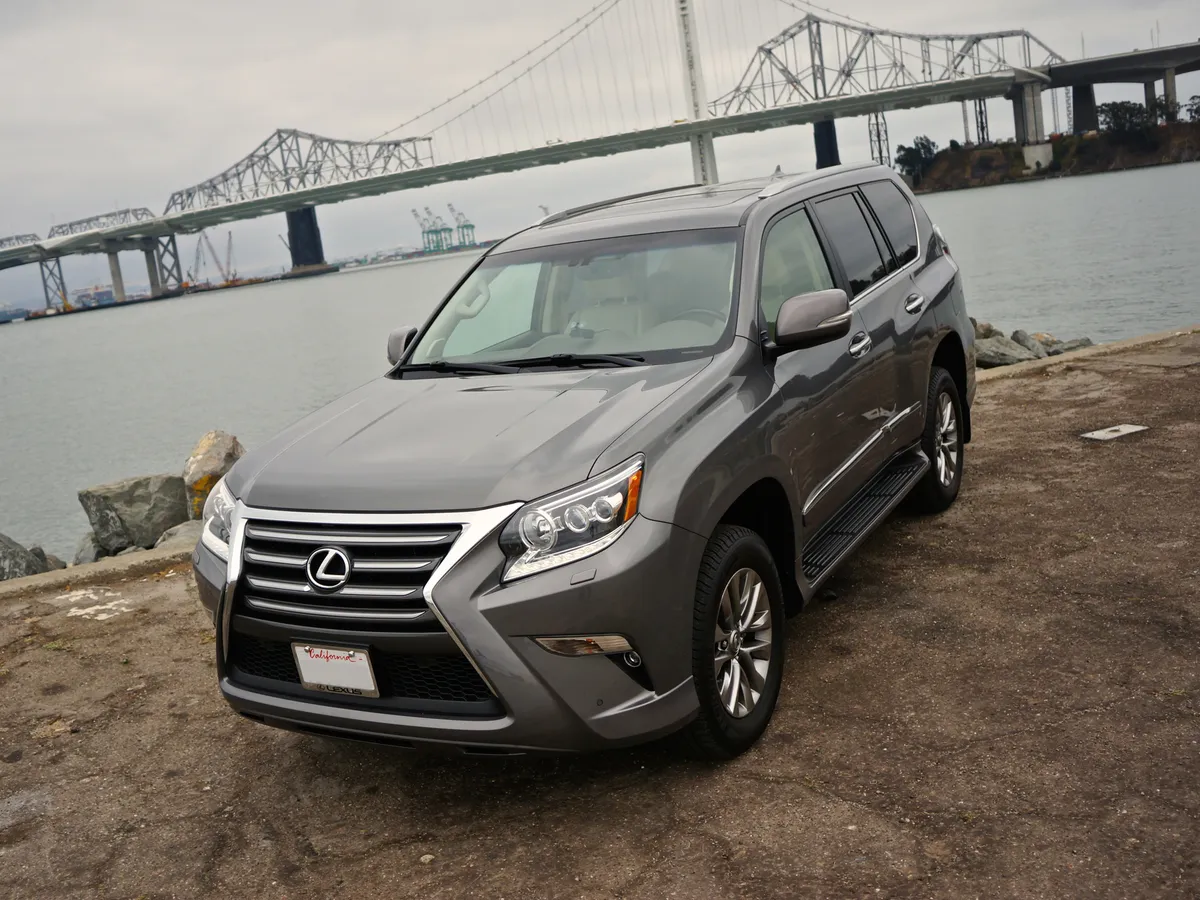Car buyers often rely on initial reviews, warranties, and early ownership reports when choosing a new vehicle. The concept of reliability tends to be tied to the first couple of years, when most cars are still under warranty and haven’t been exposed to real-world wear and tear.
However, true automotive durability reveals itself only over time. A car might appear flawless during its first 24 months, yet start to falter with aging electronics, transmission issues, or weak suspension components.
On the other hand, some vehicles that receive average or even subpar early reliability scores go on to become the most trusted long-term companions due to solid mechanical foundations and low-cost maintenance.
This article highlights two categories: five cars that show strong reliability at first but tend to degrade significantly after two years, and five that actually become more dependable with time, often due to mechanical simplicity, proven engineering, or robust aftermarket support.
While modern vehicles are more complex than ever, not all complexity ages equally. Sophisticated infotainment systems, turbocharged small engines, and dual-clutch transmissions are examples of technologies that may work great initially but can become liabilities as they age.
Meanwhile, simpler naturally aspirated engines, reliable automatic transmissions, and proven drivetrains tend to hold up better over the long haul.
It’s important to note that reliability can be subjective and influenced by driving habits, maintenance discipline, climate, and manufacturing variability. Still, some trends are hard to ignore, especially when seen in aggregate across large owner databases and anecdotal experiences.
Cars like the BMW 3 Series might offer a near-flawless first year before things get complicated, whereas a Toyota Tacoma might feel a bit outdated or even rough around the edges early on, but just keeps going year after year with minimal issues.
So, whether you’re planning to lease a car short-term or buy something to own for the long haul, this list will help you understand which models tend to fade fast and which ones become more trustworthy over time. Let’s start with the five cars that shine early but lose their luster quickly.
Also Read: Top 10 EV Features That Come in Useful in Daily Commute
5 Cars That Are Only Reliable in the First 2 Years

1. Jeep Cherokee (2014–2020)
When Jeep reintroduced the Cherokee in 2014, it was met with curiosity and excitement. Its unconventional front-end design caught the eye, and it marked a shift from the rugged boxiness of earlier models toward something more urban-friendly. Early buyers were drawn in by the combination of Jeep heritage and modern crossover practicality.
The cabin was also a significant step up in terms of quality, especially with the introduction of the Uconnect infotainment system, which at the time was one of the best in the segment. For a while, it looked like Jeep had found the formula to compete with more refined rivals in the compact SUV category.
During the first two years of ownership, the Cherokee generally performed well. The ride was smooth, cabin noise was kept to a minimum, and it handled a mix of city driving and mild off-roading with ease. Many buyers felt confident in the brand and the product, and early reviews echoed this sentiment.
Jeep enthusiasts praised its all-weather capabilities and decent fuel efficiency for the segment. For those who stayed within warranty periods and didn’t put excessive mileage on the vehicle, issues were often minimal or covered under manufacturer support.
However, it wasn’t long before significant problems began to emerge. The most widespread and frustrating of these was the 9-speed automatic transmission, which suffered from jerky shifts, hesitation, and in some cases, total failure. Even after multiple software updates and re-tuning by dealerships, many drivers continued to experience inconsistent performance.
Owners reported surging, abrupt gear changes, and a general feeling that the vehicle never quite “learned” how to shift properly. For a vehicle marketed toward both families and adventurers, this flaw quickly eroded trust in the model.
Aside from transmission concerns, engine stalling, electronic sensor failures, and persistent check engine lights began to plague long-term owners. Electrical gremlins affecting everything from dashboard displays to keyless entry and climate controls became more common, particularly in higher-trim models with more tech features.
While not all vehicles experienced the same level of issues, the pattern became too widespread to ignore. Many owners who had initially praised the vehicle found themselves frequenting the repair shop with increasing regularity after the second year.
The Cherokee’s decline in long-term reliability has had a direct impact on its resale value. Buyers looking for used models often shy away from certain years, and depreciation has been sharper than competitors like the Honda CR-V or Toyota RAV4.
Jeep’s reputation for off-road prowess remains intact, especially in the Wrangler and Grand Cherokee lines, but the 2014–2020 Cherokee represents a cautionary tale. It shows that first impressions don’t always tell the full story—and that reliability must be measured over years, not months.

2. Ford Focus (2012–2018)
At launch, the third-generation Ford Focus was celebrated as a leap forward for American compact cars. With its European-influenced design, sharp handling, and impressive feature set, it offered a compelling alternative to more conservative rivals like the Corolla or Civic.
The hatchback variant added practicality, and the cabin was praised for its modern layout and quality materials. For a budget-conscious buyer, the Focus looked like a standout deal in its segment. During the first year or two of ownership, most drivers experienced smooth performance and trouble-free operation.
A major selling point was its PowerShift dual-clutch automatic transmission, which promised the fuel economy of a manual with the convenience of an automatic. On paper, it was an innovative solution that gave Ford a technical edge over competitors.
Initially, many drivers found the transmission tolerable, especially if they drove primarily on highways. Acceleration was decent, steering was responsive, and the ride was composed enough to meet daily driving needs. Ford even marketed the car heavily in rental fleets and car-sharing programs, helping spread the Focus name further.
But as owners passed the 20,000- to 30,000-mile mark, a darker reality began to surface. The PowerShift transmission was not only inconsistent in performance, it was inherently flawed in design. Many Focus owners experienced shuddering, slipping, grinding noises, and complete loss of power.
The dual-clutch system required precise calibration and clutch adjustments that dealerships often couldn’t fix permanently. The situation became so dire that Ford faced lawsuits and regulatory scrutiny, eventually agreeing to extended warranties and compensation for affected buyers.
In addition to the transmission problems, the Focus also suffered from suspension wear, premature battery drain, and engine roughness in high-mileage units. Electrical issues, ranging from touchscreen malfunctions to power window failures, also became more frequent.
Reliability scores dropped across the board, and what had once seemed like a promising alternative to Japanese compacts turned into a vehicle with long-term risk and mounting repair bills. The headache of dealing with repeat service visits left many owners feeling betrayed.
For those who kept their Focus past the second year, ownership became a game of managing problems rather than enjoying the drive. Resale values plummeted as word spread about transmission failures, and many used car buyers steered clear of affected model years altogether.
The Ford Focus, once a symbol of Ford’s global engineering push, now serves as a reminder that innovation without reliability can lead to long-term brand damage and customer dissatisfaction.
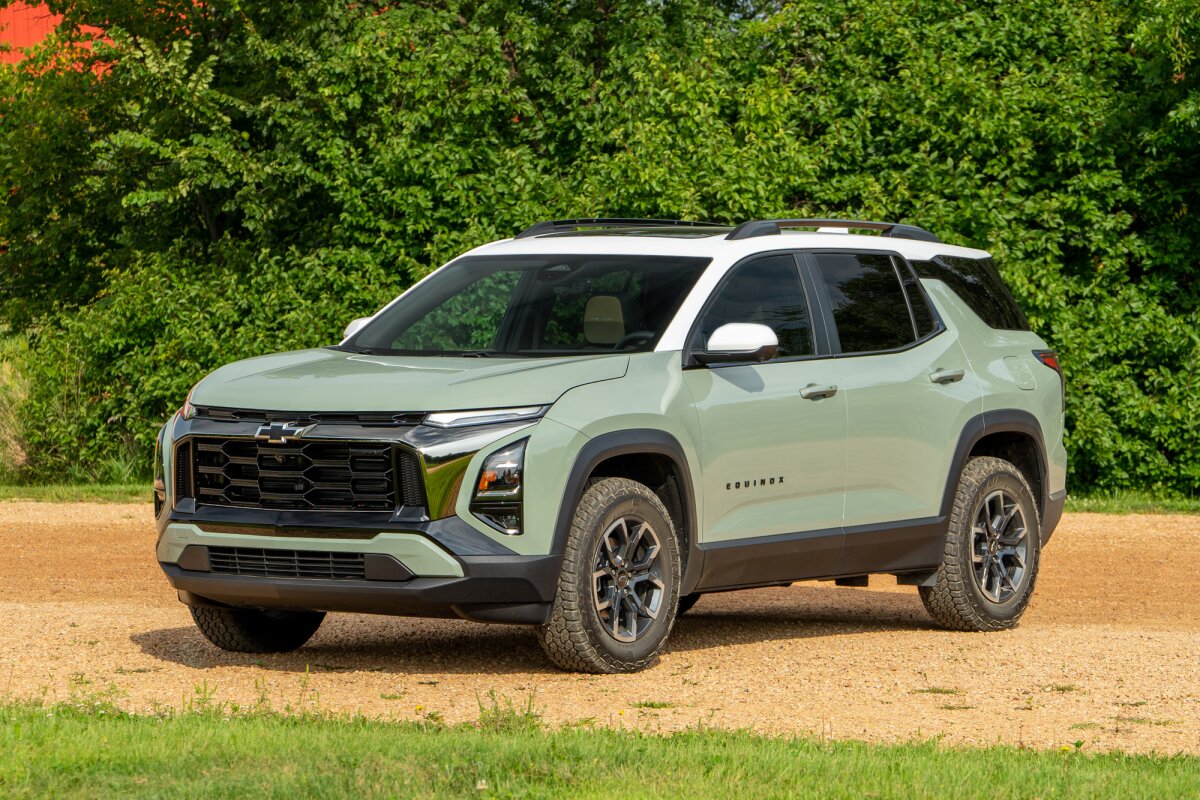
3. Chevrolet Equinox (2010–2017)
The second-generation Chevrolet Equinox entered the market with a bold new look, improved comfort, and a choice of two solid engine options. It quickly became a strong seller in the midsize crossover segment, particularly in North America.
Families were drawn to its spacious interior, quiet ride, and extensive safety features. In the early months and even the first couple of years, the Equinox performed admirably. Owners enjoyed solid road manners, decent fuel efficiency from the 2.4L engine, and high marks for comfort on long drives.
The initial reliability of the Equinox made it a strong contender against segment leaders. The available V6 offered better performance for those needing extra power, and the base engine was considered efficient and smooth in everyday driving.
Reviews often highlighted the Equinox’s upscale interior touches for the price point, such as optional leather seats, a touchscreen infotainment system, and good cargo flexibility. Many buyers, especially those who leased the car, reported few issues during short-term ownership.
However, the 2.4L four-cylinder engine would soon develop a major reputation for oil consumption. Many owners began noticing their vehicles burning through quarts of oil in between changes. Often, the oil light wouldn’t come on until it was too late, leading to engine damage or complete failure.
GM acknowledged the issue and implemented fixes in later years, but the damage was already done. Many early owners faced costly repairs or had to rely on GM’s goodwill for engine replacements—a frustrating process that soured the ownership experience.
As the Equinox aged further, other issues became more prevalent. Timing chain stretch, transmission hesitation, noisy suspension components, and electrical gremlins began appearing more regularly. Climate control failures and infotainment bugs also became common complaints.
These weren’t minor annoyances either—many of these problems required expensive repairs that, in many cases, exceeded the vehicle’s depreciating value. While some higher-trim V6 models fared slightly better, the bulk of volume-sellers experienced this reliability drop-off.
In the used market, these issues led to a lack of confidence among buyers. Even though the Equinox still looked good and offered features, its mechanical integrity after the first two years was a serious concern.
Many owners who originally praised the vehicle eventually traded it in early, unable to cope with mounting maintenance costs. The Equinox thus serves as an example of a car that looks appealing on the surface but lacks the durability to go the distance.
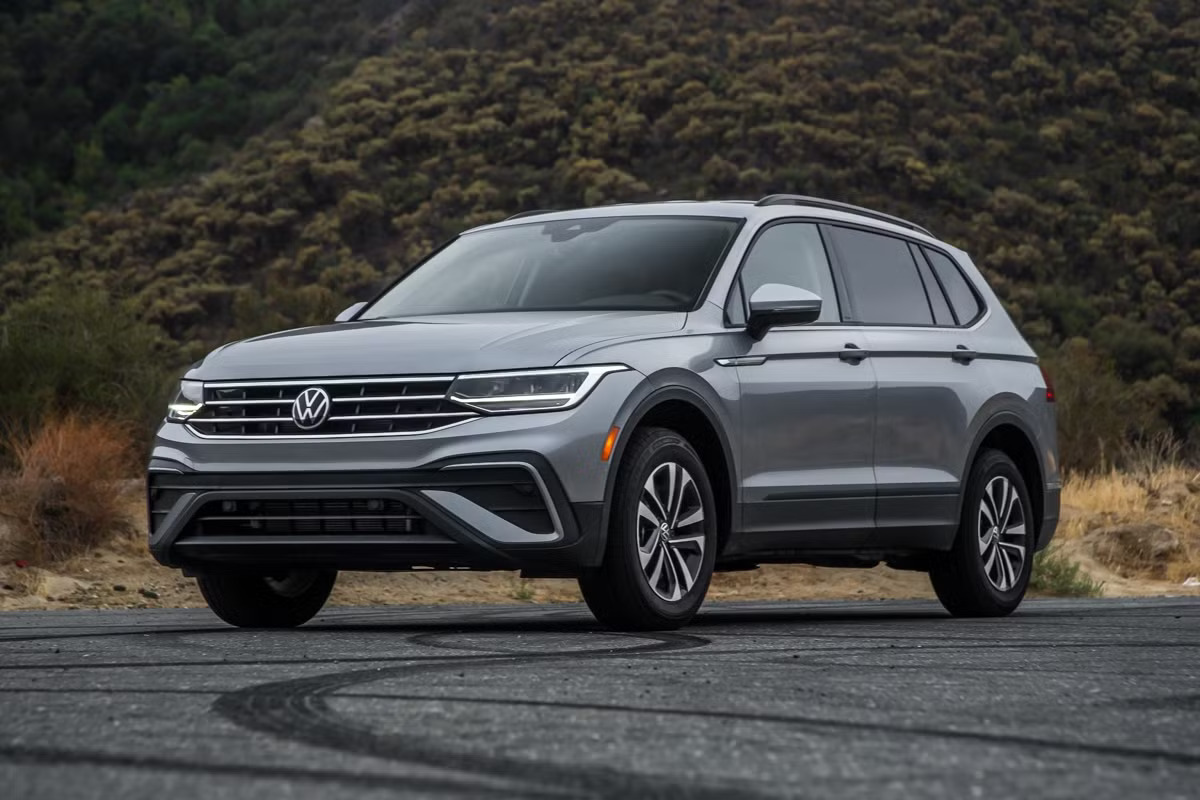
4. Volkswagen Tiguan (2009–2016)
When the Volkswagen Tiguan launched in the U.S., it was pitched as a fun-to-drive, premium-feeling compact SUV that combined German engineering with crossover versatility. For the first couple of years, it mostly lived up to that promise.
The 2.0L turbocharged engine delivered solid performance, and the interior was notably refined compared to similarly priced competitors. Drivers appreciated the taut handling, composed ride, and the upscale feel often missing from mainstream crossovers. For new buyers, it felt like a smart compromise between sporty and practical.
However, as the years passed, the reliability of the Tiguan began to show serious cracks. The 2.0T engine, while enjoyable to drive, was highly susceptible to carbon buildup on intake valves due to its direct-injection design. This led to power loss, misfires, and rough idle, often requiring expensive cleaning procedures.
Timing chain tensioner failures became another widespread issue, sometimes leading to catastrophic engine damage. These were not problems that emerged slowly—they hit owners hard, often just after the warranty expired.
The automatic transmission also received its share of complaints. Delayed engagement, rough shifting, and eventual failure plagued many units. The Haldex-based AWD system was decent when functional, but it added another layer of complexity and maintenance cost.
Adding to the woes, numerous owners dealt with failing water pumps, leaky sunroofs, and malfunctioning electronics. The result was a vehicle that felt premium early on but turned into a service nightmare with age.
Maintenance costs for the Tiguan were notably high. Even routine services cost more than average, and some repairs require specialized tools or dealership-only intervention.
This significantly reduced its appeal as a used vehicle. What once was considered a refined crossover with European flair became a liability for owners who expected it to age gracefully. Many long-term owners found themselves either trading in early or sinking thousands into repairs just to keep it on the road.
In hindsight, the Tiguan’s early appeal proved to be a trap for many unsuspecting buyers. The charm of its initial driving dynamics and polished cabin was outweighed by mounting reliability issues and high upkeep costs.
For buyers who prioritize long-term dependability, the first-generation Tiguan serves as a cautionary tale: premium styling and badge prestige can come at a high cost over time.
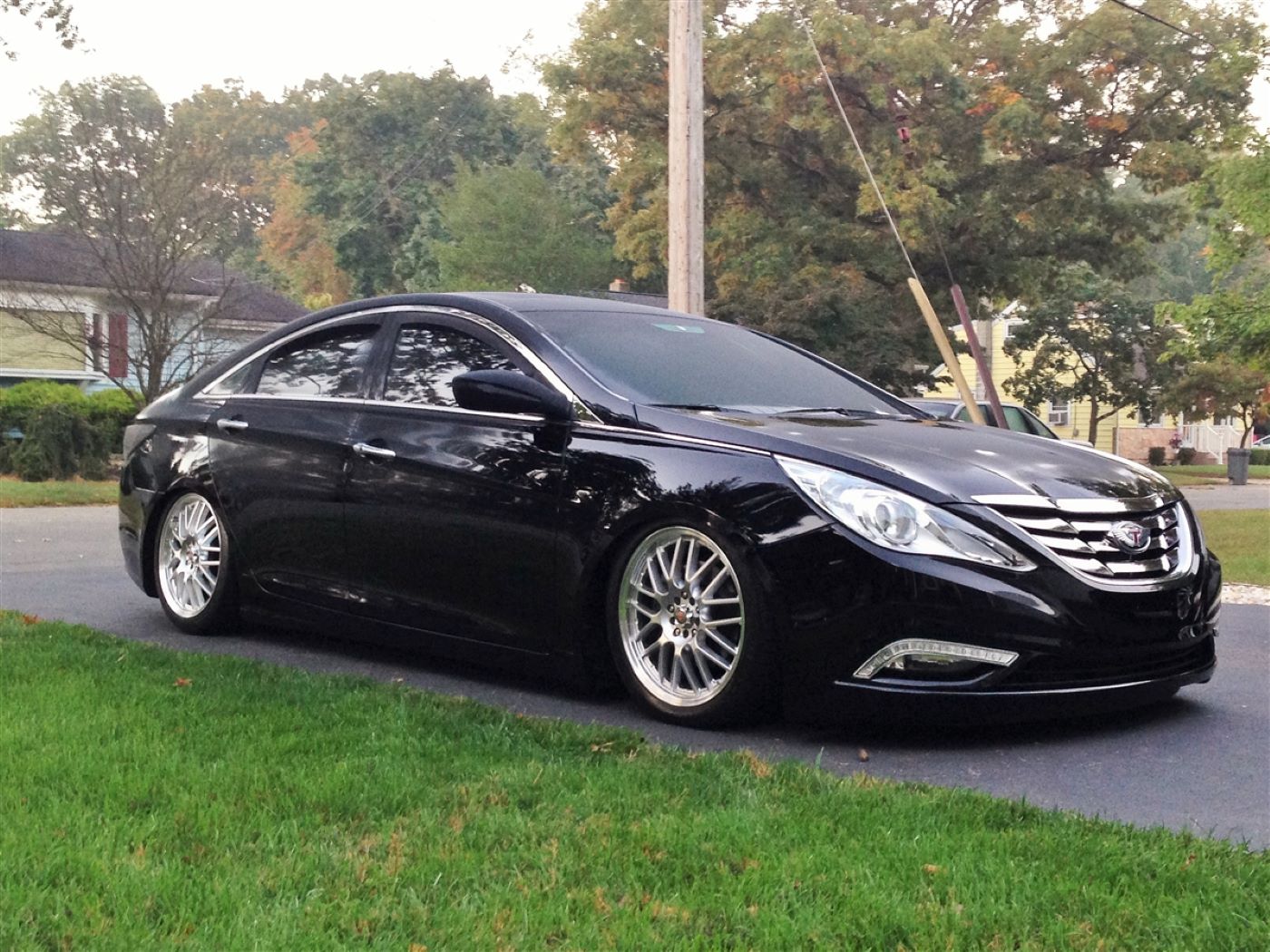
5. Hyundai Sonata (2011–2014)
When the sixth-generation Hyundai Sonata hit the market, it was an immediate hit. The bold design, modern features, and impressive fuel economy made it feel like a revelation in the midsize sedan market. Hyundai marketed it as a value-packed alternative to the Camry and Accord, offering more tech and style for less money.
The turbocharged 2.0T model in particular gave buyers a sporty alternative, while the base 2.4L offered a strong balance of power and efficiency. For the first couple of years, most owners were thrilled with their choice.
Unfortunately, as these vehicles aged, major engine issues began to surface. The 2.4L GDI engine became known for bearing failure, leading to engine seizure in many cases.
Hyundai later acknowledged this as a defect and issued recalls, but not before thousands of owners were left with broken-down cars and expensive repair bills. The issue was traced to poor machining of the engine block, which led to metal debris contaminating the oil system. Even vehicles with meticulous maintenance histories weren’t immune.
Transmission issues also emerged, with some models experiencing slipping, hard shifts, and hesitation. Electronics, which initially seemed like a strong suit for the Sonata, also began to degrade over time. Owners reported glitchy infotainment screens, failing backup cameras, and short-circuiting modules.
Interior materials that looked great new began to show wear prematurely—especially the dashboard plastics and upholstery. As the Sonata aged past two years, the cumulative effect of these problems significantly tarnished its reputation.
While Hyundai’s 10-year/100,000-mile powertrain warranty helped cover some major failures, the inconvenience and stress of repeated visits to the dealership took a toll on owner satisfaction.
Some repairs were denied due to maintenance record disputes, leaving customers to foot the bill. Used car buyers became increasingly wary, and resale values for this generation dropped sharply, especially for models outside the extended warranty coverage.
In the end, the sixth-gen Sonata exemplifies a vehicle that overdelivers in the short term but underperforms in the long run. The eye-catching design and strong feature set made it a leader in early reliability surveys, but by year three or four, it became a vehicle that many regretted holding onto. It remains a reminder that longevity matters just as much as a great first impression.
5 Cars That Get Better With Time

1. Toyota Tacoma
At first glance, the Toyota Tacoma doesn’t scream refinement. Its cabin can feel cramped, the ride may be stiff, and the technology lags behind competitors. For buyers accustomed to the cushioned experience of more modern unibody trucks, the Tacoma’s ruggedness might seem like a disadvantage.
But what many new owners don’t initially appreciate is that the Tacoma isn’t built for a brief flirtation with comfort—it’s engineered for the long game. It might not shine in the first year or two, but it quietly builds a reputation for durability that becomes obvious over the long term.
What truly separates the Tacoma from other midsize trucks is its mechanical simplicity and engineering overkill. The 4.0L V6 in earlier models and the 3.5L V6 in newer ones are both known for surviving hundreds of thousands of miles with minimal drama.
These engines aren’t the most powerful or efficient, but they are among the most dependable ever installed in a light truck. Likewise, the transmissions—both manual and automatic—are robust and well-matched to the truck’s utilitarian goals. Drivetrains are designed to withstand serious abuse, and even the suspension components are overbuilt for longevity.
Owners often note that the Tacoma becomes “better broken in” rather than worn out. Unlike other vehicles that develop rattles, leaks, or engine trouble as the odometer climbs, Tacomas often feel tighter and more dependable over time. The truck seems to settle into its mechanical groove after 50,000 miles, gaining an almost indestructible reputation.
This is especially true for off-road trims like the TRD Off-Road or TRD Pro, which feature components built to handle rough terrain and heavy-duty use without compromising reliability.
Beyond mechanical reliability, the Tacoma enjoys a level of community support that keeps older models on the road. There’s a massive aftermarket scene that encourages modifications and preventive maintenance. Enthusiast forums and video tutorials make DIY repairs accessible, and Toyota’s parts availability is outstanding.
Whether it’s upgrading the suspension, changing the clutch, or just general upkeep, long-term Tacoma ownership is supported by a well-informed, passionate base of drivers who are committed to longevity.
Perhaps most telling is how well Tacomas retain their value. It’s not uncommon to find 10-year-old Tacomas selling for surprising sums on the used market. Buyers recognize that even older models can provide years of dependable service.
As a result, owners who keep the Tacoma past its early years often find they’ve made one of the best long-term automotive investments possible. Its reliability isn’t just good—it’s legendary, and it only becomes more apparent with time.
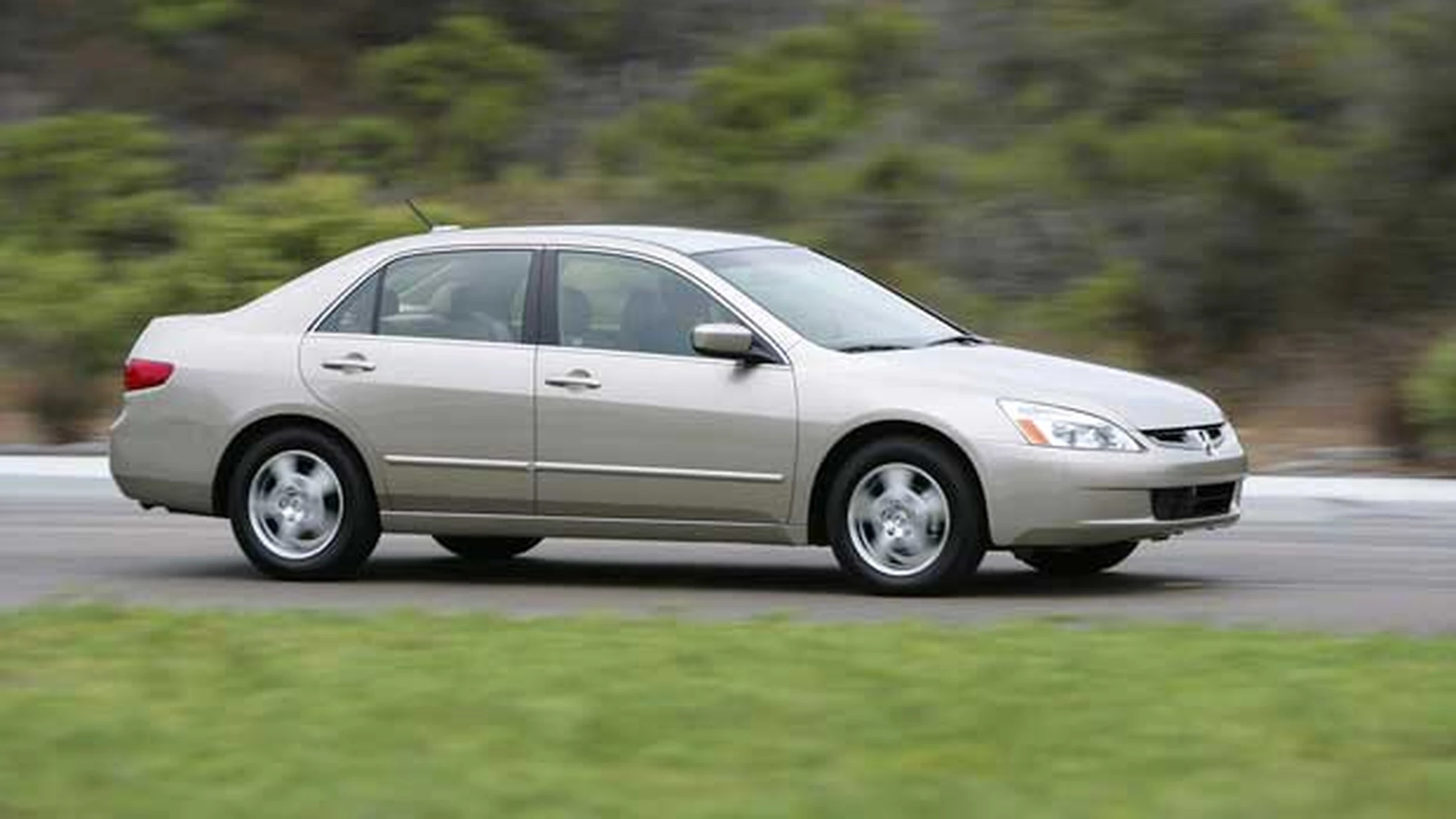
2. Honda Accord (2008–Present)
The Honda Accord has long been a benchmark in the midsize sedan category, and while it impresses right off the lot, its true value becomes clearer with age. Early impressions often focus on its well-balanced ride, roomy interior, and refined powertrain options.
Still, some buyers might find it unremarkable in an era of high-tech dashboards and flashy aesthetics. The Accord doesn’t try to dazzle with gimmicks—it simply performs, and its low-key excellence grows on you as the years go by.
One of the key reasons the Accord improves over time is the quality of its core engineering. The 2.4L inline-four and the 3.5L V6 engines used in earlier models are both remarkably durable. Even in later turbocharged models, Honda’s careful calibration of performance and longevity is evident.
Accords can easily surpass 200,000 miles with only basic maintenance—oil changes, brake jobs, and regular fluid checks. Unlike many competitors, engine and transmission failures are exceedingly rare, and the suspension continues to provide a stable, comfortable ride well into high mileage.
Interior quality also holds up surprisingly well. Materials that look plain at first prove to be durable and resistant to wear. Buttons, knobs, and trim don’t fall apart as easily as in some competitors. The ergonomics are logical and timeless, which means that even older models feel intuitive to drive and operate.
Many drivers find that after several years, they appreciate the Accord more than when they first bought it, especially if they’ve owned less reliable vehicles in the past.
Another factor in the Accord’s long-term appeal is its ease of maintenance. Honda’s reputation for serviceability remains strong. Parts are widely available, reasonably priced, and most general mechanics are well-versed in Honda systems.
This makes the Accord an ideal vehicle for DIYers and budget-conscious drivers who want a dependable daily driver without dealership dependency. The vehicle is also supported by a massive online community, ensuring that help and advice are never far away.
Finally, the Accord’s reputation as a high-mileage warrior contributes to its used market value and perception. Many models retain their desirability even after a decade of use.
They continue to serve reliably as daily commuters, student cars, and even family vehicles long after rivals have become costly to maintain. It’s not flashy, but it’s trustworthy—and in the world of cars that get better with time, that makes the Accord a true classic.
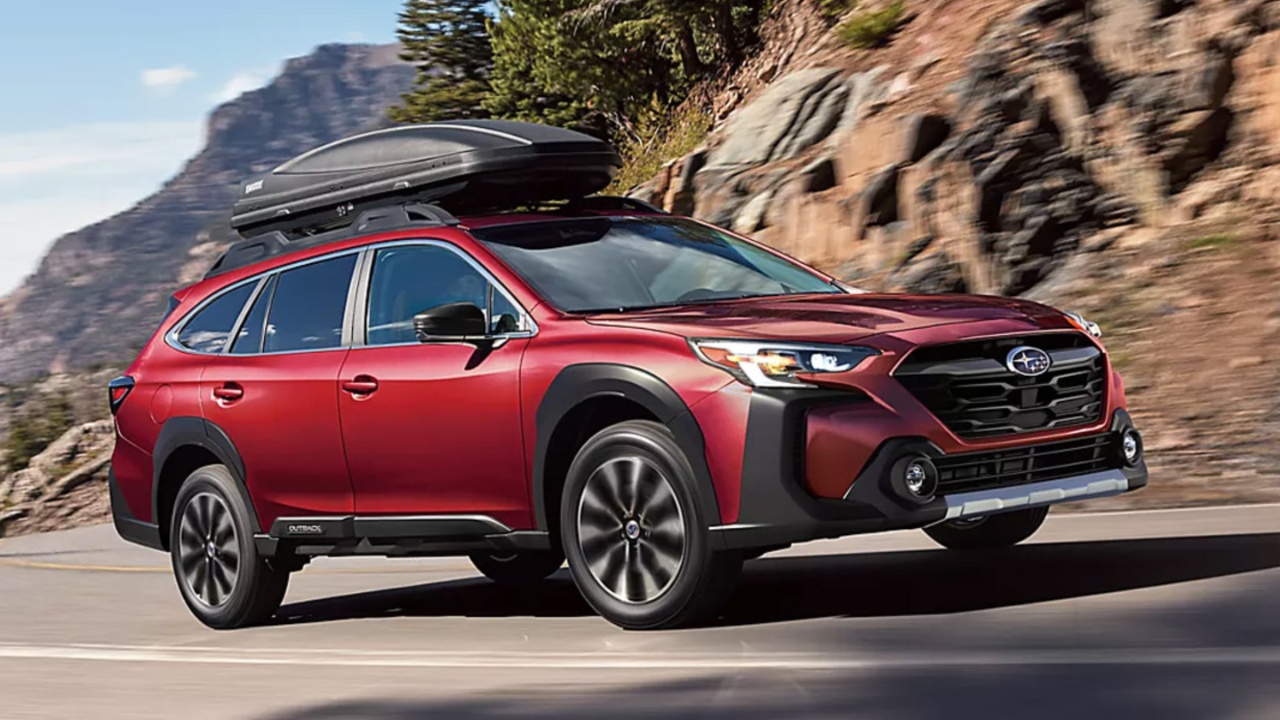
3. Subaru Outback (2010–Present)
The Subaru Outback occupies a unique space in the automotive landscape. It’s not quite a wagon and not quite an SUV, and for some buyers, that ambiguity can be off-putting at first.
The initial ride may feel a bit floaty, and performance can come across as underwhelming, especially in base trims. But give it time, and the Outback’s strengths begin to emerge, not in bursts of excitement, but in the quiet dependability it offers across seasons, miles, and terrain.
Subaru’s symmetrical all-wheel-drive system, a standard feature in the Outback, is a cornerstone of its enduring appeal. It’s designed not just for snowy drives but also for muddy trails, gravel roads, and uneven surfaces. Over time, owners come to value the Outback’s ability to perform in adverse conditions without drama.
Whether it’s a cross-country trip or a daily commute during a snowstorm, the Outback becomes a vehicle that can be trusted implicitly. That level of confidence only grows with each year of ownership.
The engines—particularly the naturally aspirated 2.5L flat-four—are reliable workhorses. While not fast, they’re engineered for longevity. With regular oil changes and maintenance, these engines can easily surpass 200,000 miles. Even the CVTs, which were once a point of concern, have shown solid improvements in reliability in post-2015 models.
Later Outbacks also benefit from Subaru’s refinements in build quality, better sound insulation, and more comfortable seating. Owners who once overlooked these details often grow to appreciate them in long-term use.
Practicality is another area where the Outback matures gracefully. Its cargo capacity, roof rail system, and low step-in height make it a favorite among outdoor enthusiasts, dog owners, and families.
The seats remain supportive over long distances, and the vehicle as a whole resists the squeaks, rattles, and degradation seen in other crossovers of similar age. Owners frequently remark how their Outback feels just as solid and capable after 100,000 miles as it did at 10,000.
Resale value and community support further enhance the Outback’s long-term viability. Subaru has built a fiercely loyal fan base, and used Outbacks are in high demand, particularly in regions with challenging weather.
While it may not win design awards or 0–60 races, the Outback is a true long-distance runner. It’s a vehicle that rewards patience and commitment, and for many, it’s the last car they’ll ever need to buy.
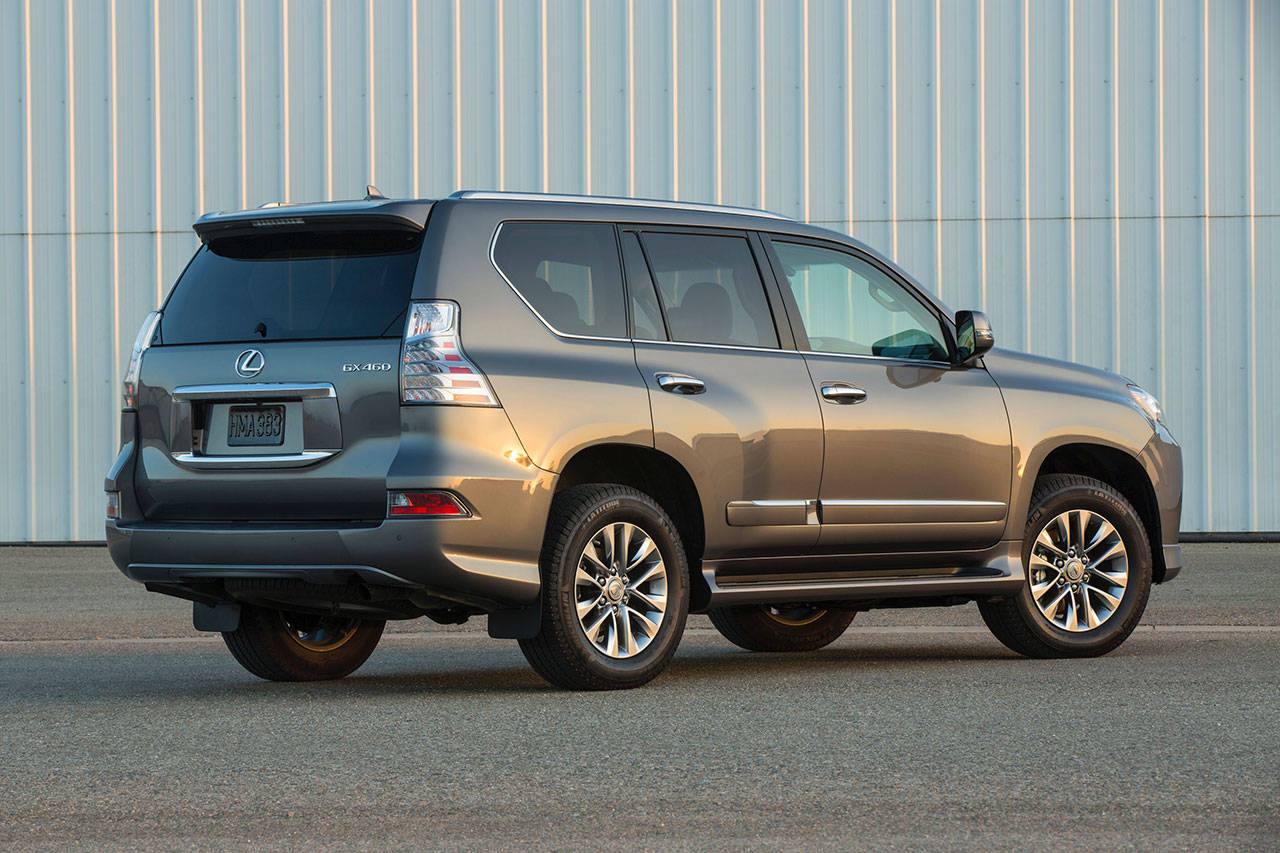
4. Lexus GX 460
At first glance, the Lexus GX 460 appears outdated. Its design hasn’t changed much over the years, and it lacks the high-tech polish of newer luxury SUVs. For buyers looking for modern flair or class-leading fuel economy, the GX may seem stuck in the past.
But what it offers—true body-on-frame durability and Toyota-level reliability in a luxury wrapper—becomes its defining strength over time. This is a vehicle that improves not by changing, but by proving itself through the years.
The 4.6L V8 engine is one of the most reliable powertrains in any luxury SUV, period. It’s the kind of engine that can run flawlessly for 300,000 miles with basic maintenance. Paired with a traditional 6-speed automatic transmission, the GX offers smooth but solid power delivery with minimal mechanical drama.
It’s built on the same platform as the Toyota Land Cruiser Prado, a vehicle used around the world in harsh conditions. That means its mechanical components are tested, proven, and over-engineered for civilian use.
Over time, owners come to value the GX’s ruggedness more than its initial comfort. The suspension is adjustable, the 4WD system is sophisticated yet simple to use, and the cabin, while not flashy, ages gracefully.
The seats remain supportive, the materials resist wear, and cabin creaks are virtually nonexistent, even on high-mileage models. Luxury features like heated and cooled seats, premium audio, and solid insulation make the driving experience pleasant for the long haul.
The GX 460 also enjoys low depreciation compared to its peers. Buyers in the used market specifically seek out high-mileage GXs because they know what they’re getting: a luxury SUV that doesn’t quit.
It’s also easier and cheaper to maintain than German competitors like the BMW X5 or Mercedes GLE. With fewer electronics and a simpler, more traditional layout, mechanics can diagnose and repair issues without breaking the bank. That’s rare in this class.
In the end, the Lexus GX 460 is the definition of an SUV that gets better with time. It may not dominate magazine covers or tech comparisons, but its quiet competence, unbeatable reliability, and timeless build make it a standout for those willing to look past first impressions. For long-term peace of mind, few vehicles come close.
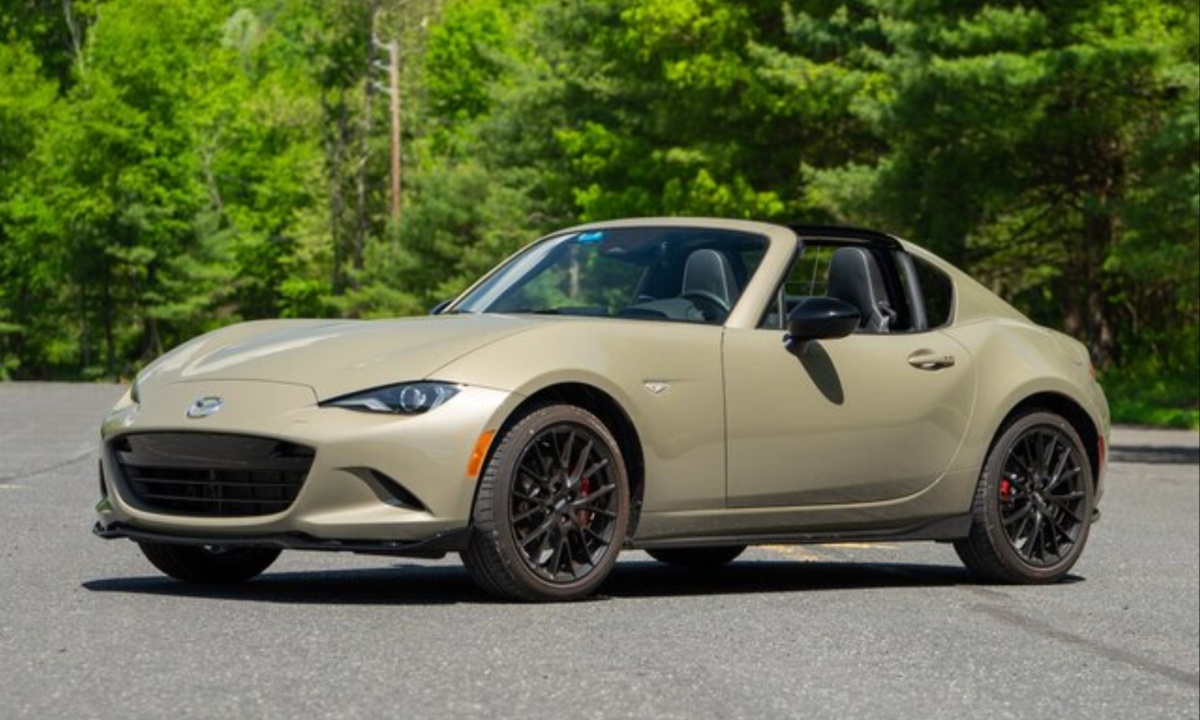
5. Mazda MX-5 Miata
When you buy a Miata, you’re not necessarily thinking about longevity. You’re thinking about winding roads, lightweight handling, and top-down fun. In the first year or two, you enjoy it for what it is—a sports car that feels like a go-kart with a license plate.
But what many come to realize is that the Miata isn’t just fun—it’s one of the most reliable sports cars ever made. And it ages not with creaks and groans, but with grace.
Mechanically, the Miata is beautifully simple. Whether you’re driving an NA, NB, NC, or ND generation, the formula is consistent: naturally aspirated four-cylinder engine, rear-wheel drive, and a light chassis. There are no complex turbos, no finicky AWD systems, and very few electronics to fail.
Everything in the Miata is engineered for balance and longevity. Engines routinely last beyond 200,000 miles, and the manual transmissions are among the smoothest and most durable in the business.
As the years go on, the Miata proves itself not just through reliability, but through driving consistency. Unlike heavier or more complex sports cars that degrade over time, the Miata retains its charm. The chassis remains lively, the steering precise, and the engagement pure.
Owners often report that their bond with the car deepens the more they drive it. Maintenance is easy, cheap, and even enjoyable, thanks to the strong enthusiast community and the wealth of online support.
The Miata is also immune to the usual trappings of automotive obsolescence. It was never meant to be a technological marvel or a luxury tourer—it was meant to drive well.
And that core mission doesn’t age. Whether you’re on your third timing belt or still using the original clutch, the experience remains consistent. Few cars can maintain that level of identity and enjoyment 10 or 15 years into ownership.
Ultimately, the Miata isn’t just a car that gets better with time—it’s a car that gets better with you. As you grow into it, modify it, care for it, and share experiences behind the wheel, it becomes more than transportation.
It becomes a relationship. For enthusiasts and casual drivers alike, there’s no better example of a vehicle that continues to deliver, year after year.
Also Read: 5 Trucks With the Best Cold Weather Reliability and 5 That Freeze Up Fast
When it comes to automotive reliability, time is often the true test of a vehicle’s worth. The five cars that start out reliable but falter after two years typically reveal that advanced technology and complex systems, while impressive initially, can become costly and troublesome as they age.
These vehicles often require expensive repairs, making them less ideal for long-term ownership despite their early appeal. On the other hand, the five models that get better with time demonstrate the value of mechanical simplicity, proven engineering, and durability.
They might not dazzle you with the latest gadgets or showroom shine at first, but their strength lies in consistent, dependable performance and lower maintenance needs as they age.
For buyers, understanding these trends is crucial. If you plan to lease or sell your car within a few years, a vehicle with strong early reliability and modern features may suit you well.
But if you seek a trustworthy companion that grows into its reliability and retains value over the long haul, opting for a car known to improve with age is the wiser choice.
Ultimately, the best vehicle is one that fits your ownership timeline, driving needs, and willingness to invest in maintenance. Recognizing which cars shine early and which become legends over time empowers consumers to make smarter, more confident decisions on their next automotive purchase.

